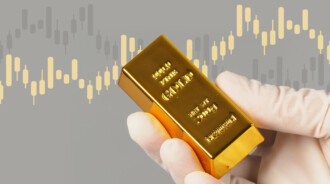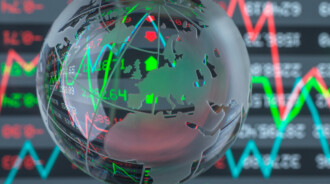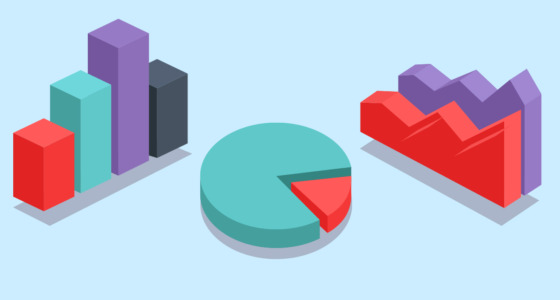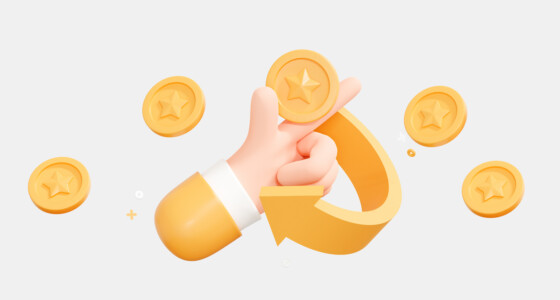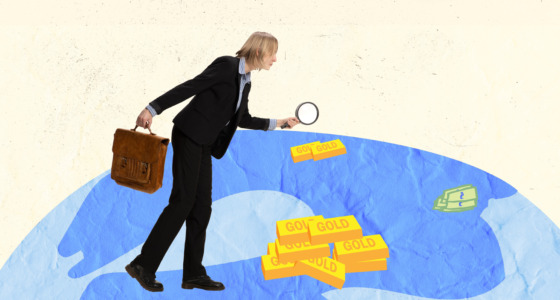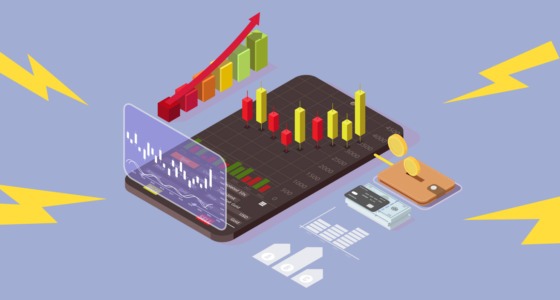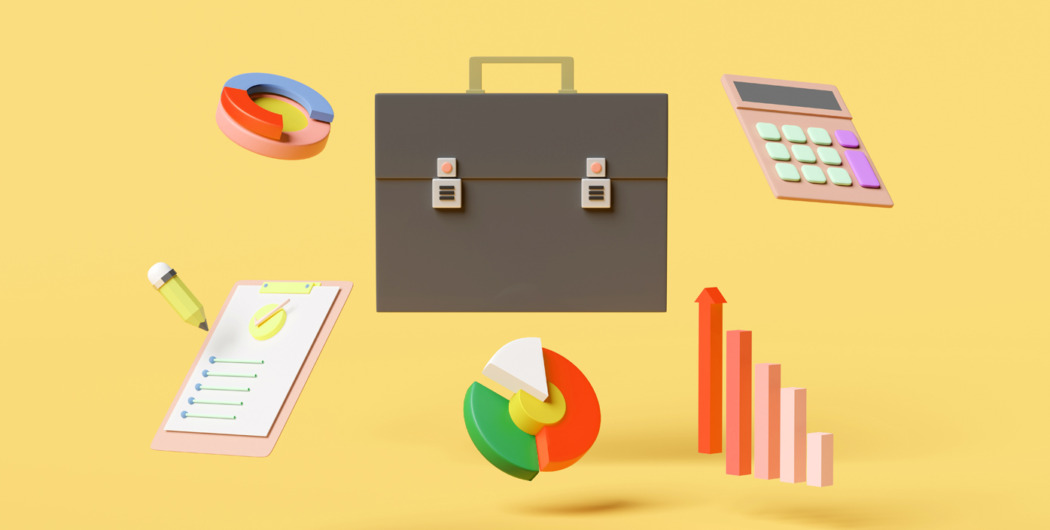

Today, it’s unlikely you will find a world broker that isn’t regulated by a reliable authority. State regulations are tight. It makes trading safe and reliable. However, some newbie investors still believe that trading bears only fund losses.
Surprisingly, it was found that traders with a bigger number of friends are more successful in trading. If you have many friends and have thought about how to start trading online or even how to start a trading job in online environments, it’s time to learn the idea of trading, its pitfalls, and its advantages.
What is trading?
Trading is an approach that allows traders to deal with a financial instrument without owning it. The instrument can be represented by assets available on financial markets, including stocks, indices, cryptocurrencies, currencies, and commodities.
The idea of trading is to forecast the price direction. And today, it has become highly automotive. Could you imagine that in the 1980s, when equities were traded in physical form, it took over a month to settle a stock trade? Nowadays, the settlement takes just two days.
Trading allows traders to benefit from both the rise and fall in an asset’s price. Unlike investment decisions, it doesn’t matter whether the rate declines. It’s only important to predict the price direction correctly. If the prediction is correct, the trader receives benefits. If the projection is wrong, the trader suffers fund losses.
Although you can trade on short- and long-term timeframes, trading is mostly used for short-term strategies. Increased volatility is what allows traders to benefit from price changes fast. However, only professionals can deal with high volatility. Therefore, it’s vital to gain experience to succeed.
Assets you can trade
Before you start trading, you need to choose the financial instruments you will deal with. As you may know, there are many financial markets. Therefore, there are numerous financial instruments. Below, you will find the major ones.
1. Currencies
There is a foreign exchange market or forex. It’s a marketplace where native currencies are traded against each other in pairs. For example, the EUR/USD pair means you will trade the euro against the US dollar.
There are numerous currency pairs that are divided into three groups — major, minor, and exotic. Major currency pairs are pairs that are traded the most on the market. They always include the US dollar. Minor pairs, or cross-pairs, don’t include USD. Exotic pairs consist of one of the major currencies and a native currency of an emerging or small country.
2. Stocks
The stock market is represented by publicly-traded companies. They list their stocks on exchanges, where buyers and sellers can deal with them.
3. Indices
An index is usually used to evaluate the performance of a basket of securities. The index can capture the whole market. For example, stock market indices like the Standard & Poor’s 500 Index and Dow Jones Industrial Average reflect the performance of the entire stock market. There are also indices that track a particular area or segment.
4. Commodities
A commodity market contains raw materials and primary products. There are two key categories — soft and hard commodities. Soft commodities are livestock or agricultural products, while hard commodities are mined or extracted natural resources.
5. Cryptocurrencies
Cryptocurrencies are financial instruments that are not issued or backed by a central authority. Cryptocurrency markets are operated through a network of computers.

Trading mechanics
Trading is mostly done through CFD and FTT instruments. A CFD stands for contract for difference, while an FTT is an abbreviation of Fixed Time Trade. Let’s consider their similarities and differences.
FTT vs. CFD: Similarities
- Both approaches imply a forecast of the market direction
- FTT and CFD trading cover a wide range of assets, including crypto, stocks, currencies, indices, and commodities.
- The success of CFD and FTT trades is defined by the correctness of the forecast
FTT vs. CFD: Differences
- When trading via FTT, your possible losses are always predetermined — you can lose only the amount equal to your deposit. It’s more difficult to define losses trading CFD, especially if you use leverage. Leverage increases the amount of funds you can operate with but also raises the amount of potential losses.
- FTT trading can be easier than CFD for beginners than CFD. When trading via FTTs, youneed to measure the value of a trade and predict the asset’s direction from the current level. With CFD, you need to conduct a comprehensive analysis to determine certain take-profit and stop-loss levels.
- Both CFD and FTT approaches contain short- and long-term trades. However, for FTT, short-term trades last up to five minutes, while long-term trades expire within 60 minutes (or more). CFD trades can be made on 1-minute, hourly, daily, weekly, monthly, and even yearly timeframes. Sometimes, it’s complicated to define what timeframes suit you the most.

Market analysis
If you have never traded, you may be curious about how to predict the price direction correctly.
There are two major types of analysis – technical and fundamental.
Technical analysis
Technical analysis helps traders determine the market direction based on indicators, as well as candlestick and chart patterns. Indicators and patterns are applied to a chart with an asset’s historical price movements.
Technical indicators and patterns help traders determine entry and exit points. Additionally, indicators can reflect the market trend, its strength with probable reversal points (momentum), market volatility, and the number of units being sold and purchased (volume).
Fundamental analysis
Fundamental analysis implies examining economic, financial, and political factors. Although technical analysis is a reliable tool to determine the market direction, its signals are based on historical data. To catch the current market sentiment, it’s vital to be up-to-date and check what fundamental factors are affecting the market.
To increase your chance of successful trades, combine both types of analysis.
How do markets work
Okay, now you know almost everything about trading. It’s time to add some facts and tell you how to start trading on your own.
There is a marketplace where financial instruments are traded. Trading implies buying and selling an asset. Thus, there should be buyers and sellers. These are individuals and institutions.
Buyers determine a bid price. The bid price is the highest value security can be purchased for. Sellers set an ask price, the lowest value an asset can be sold for.
However, you can’t just come to an office and find a buyer for gold, oil, or GBP. Therefore, there are online companies that provide trading accounts. Using a trading account, you can trade numerous assets via a laptop or mobile phone. Your task is just to find a regulated, reliable platform who will serve your goals and open an account.
Takeaway
Although trading may seem unsafe and complicated, it’s not like that. It’s regulated by state authorities. To enter the global market, a trading platform or a broker needs to match the regulatory requirements of each country it wants to operate in. That’s why you shouldn’t be afraid to start trading online.
However, remember that the success of trades is determined not by regulations but by your knowledge and skills. Start with the simplest mechanics, like FTTs, and keep learning.

